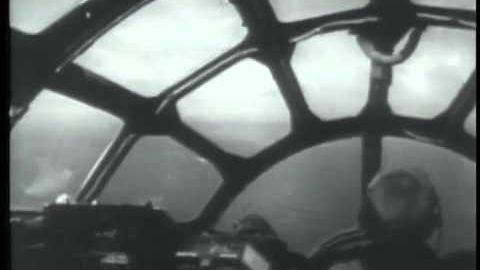
Subtitles & vocabulary
The Air Force Story, Air War Against Japan, 1944-1945.mp4
00
賴亭喻 posted on 2013/09/15Save
Video vocabulary
plane
US /plen/
・
UK /pleɪn/
- Countable Noun
- An airplane
- Sharp tool for smoothing or shaving wood
- Noun
- Flat or level surface
A1TOEIC
More carry
US /ˈkæri/
・
UK /ˈkæri/
- Verb (Transitive/Intransitive)
- To have a child, be pregnant
- To have a disease you might give to others
A1
More feel
US /fil/
・
UK /fi:l/
- Verb (Transitive/Intransitive)
- To be aware of or experience an emotion, sensation
- To sense through direct contact; touch
A1
More day
US /de/
・
UK /deɪ/
- Noun (Countable/Uncountable)
- A period of 24 hours beginning at midnight
- The period of time when it is light outside
A1
More Use Energy
Unlock All Vocabulary
Unlock pronunciation, explanations, and filters
